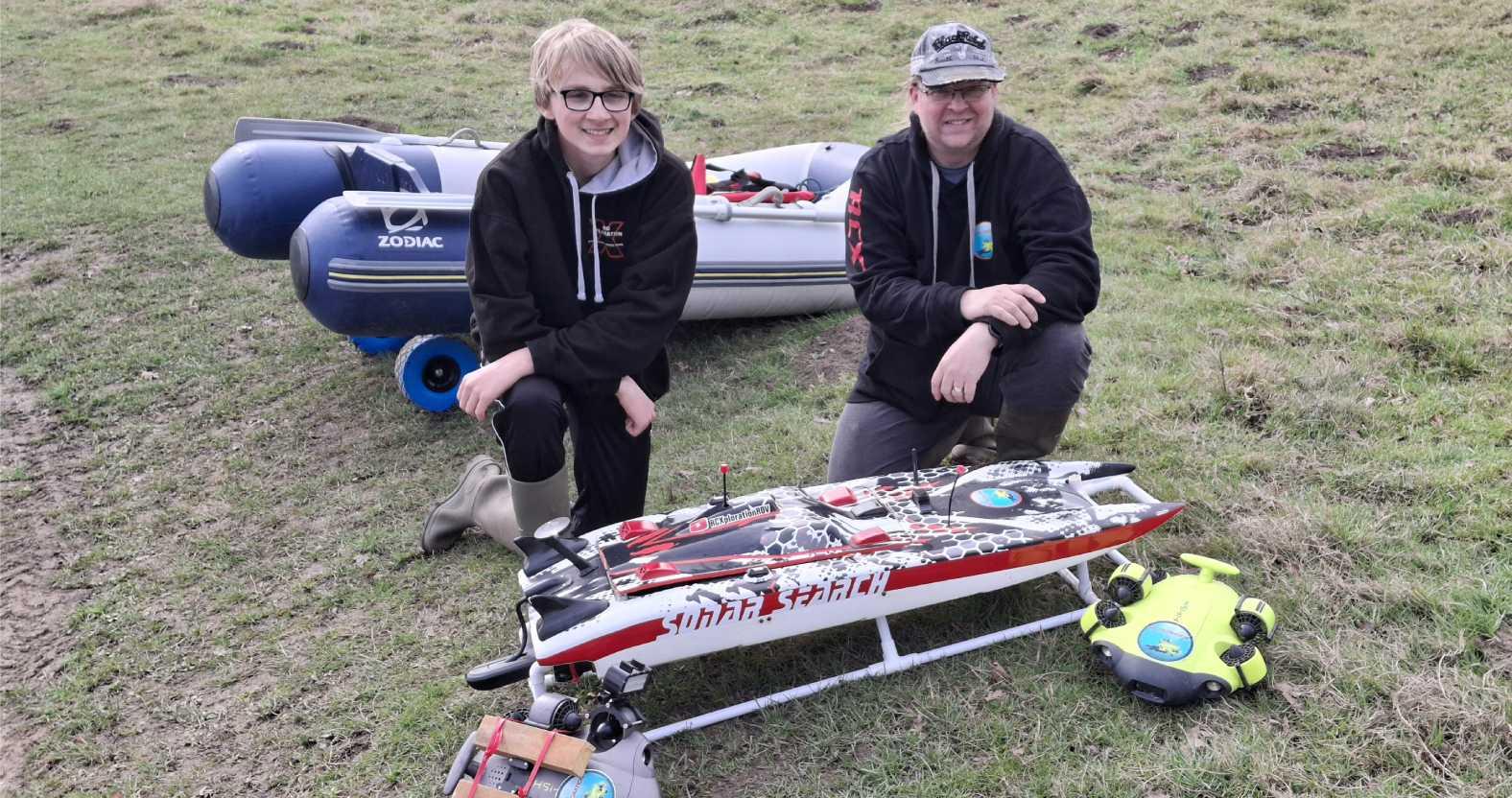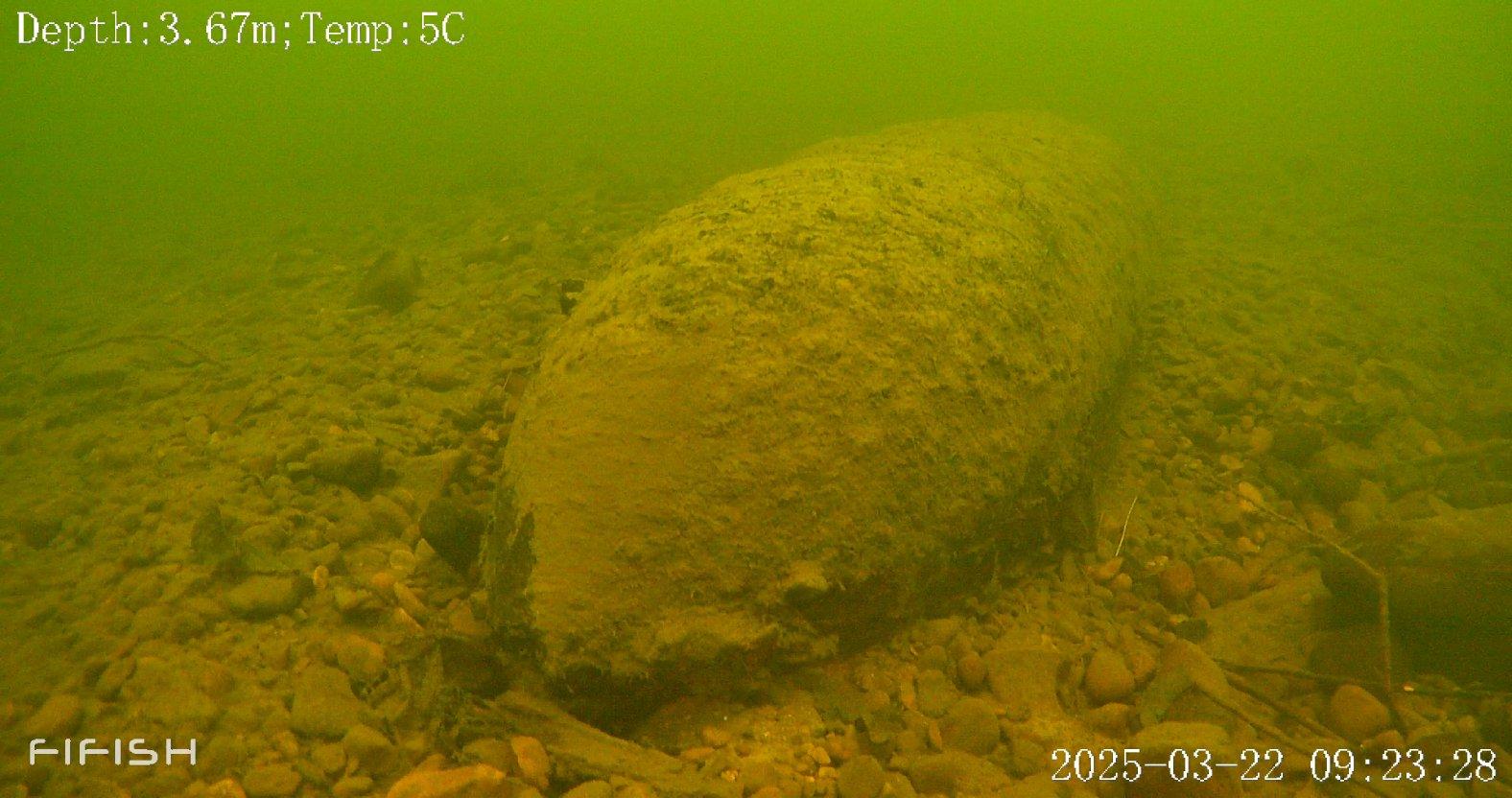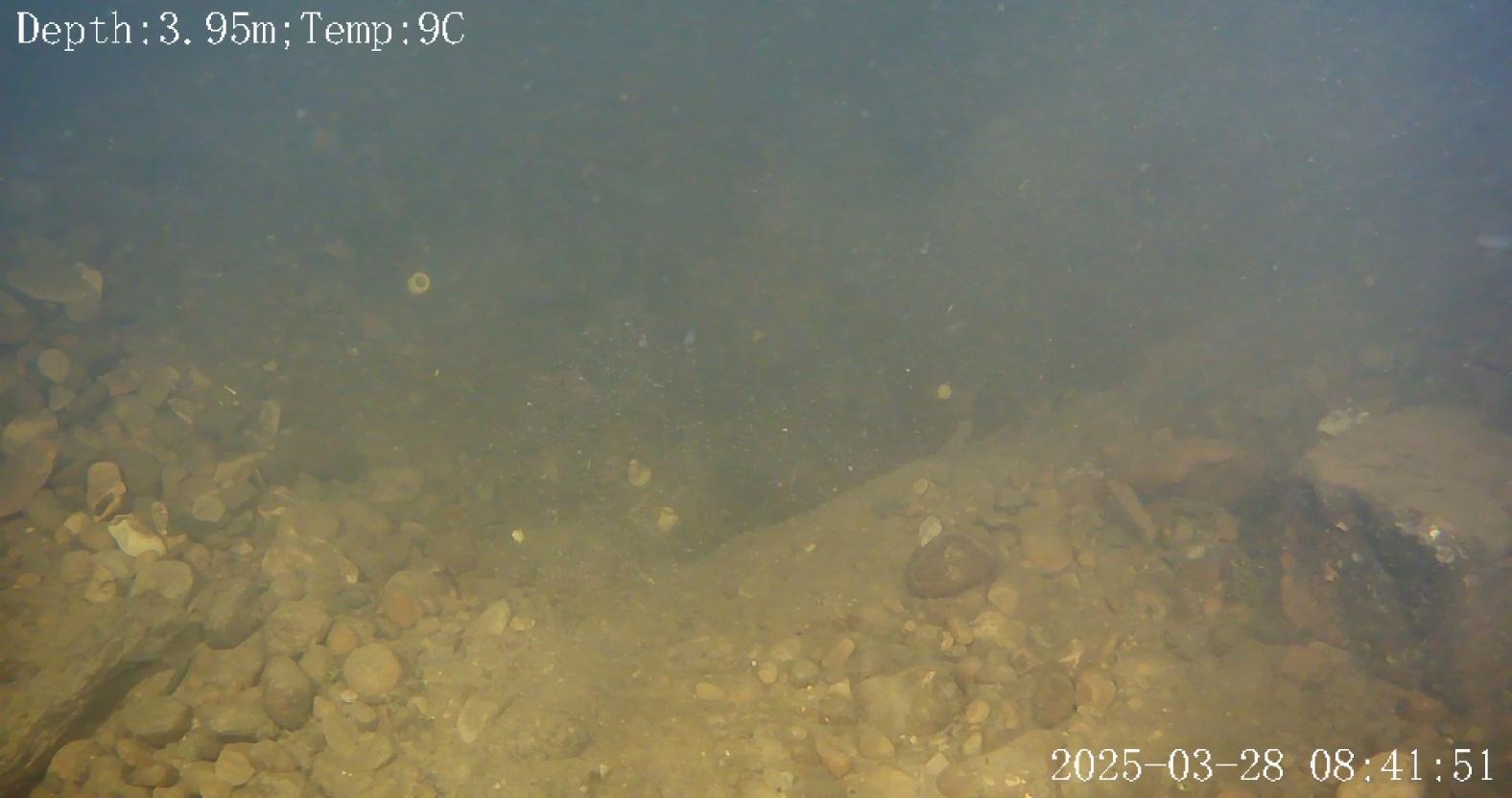Subscribe to trusted local news
In a time of both misinformation and too much information, quality journalism is more crucial than ever. By subscribing, you can help us get the story right.
- Subscription costs less than £1 a week with an annual plan.
Already a subscriber? Log in here.
30
Mar
'I know what this is' – father tells how his son discovered huge German bomb in river near Ripon

The father of the teenager who found a huge World War Two bomb in the River Ure near Ripon last weekend has told the Stray Ferret about their alarming discovery.
Underwater drone hobbyist Adam Makewell and his son, 14-year-old Cameron, had taken their two ROVs (remote operated vehicles) down to a stretch of the river between Bishop Monkton and the Newby Hall estate to test the lights Adam had fitted to one of them. Once they had done that, they decided to use the rest of their battery charge to explore the riverbed.
Adam said:
The next thing I knew, Cameron was saying he’d found something. He thought it might be a big gas canister – the kind you see outside static caravans. But as soon as I saw it, I said to him, ‘I know what this is’.
From the back end, it doesn’t look like much, but from the front, it’s unmistakable.

The bomb before it was destroyed.
The pair took their footage to the police and explained that they’d found a bomb in the river.
Adam said:
At first, the police were a bit sceptical, but then I showed them the pictures, which raised eyebrows.
A rapid-response Royal Navy bomb disposal team from Glasgow came down the next day, but by that time, heavy rain overnight had raised river levels and reduced visibility underwater to just four inches.
The bomb disposal team decided against detonating the bomb due to its size, and specialist divers instead carried out a controlled explosion on Wednesday afternoon.
North Yorkshire Police lifted the cordon around the area that evening.

The controlled explosion sent a column of water high into the air.
Adam told us he thought the device was probably a German SC 500 aerial-drop fragmentation bomb. These 500kg bombs are more than two metres long, carried 220kg of high explosive, and can create huge craters.
Adam returned to the site with his ROV on Friday morning and managed to find the rather smaller crater left on the riverbed by the controlled explosion.
He said:
It’s hard to tell its size accurately, because dimensions are distorted underwater, but I reckon it’s probably 2-3 feet deep and 4-5 feet across. It’s clear to see.

The crater left by the controlled explosion.
How exactly the bomb ended up in the river is not yet known. It may have been dropped by a German bomber returning after a raid on Glasgow or Belfast, or it may have been left there by Royal Engineers training in bomb disposal.
Adam also raised the possibility of it having come from a German bomber that crashed nearby.
Army and Navy personnel dispose of an average of five Second World War German bombs in the UK each year, most of them 50kg devices.
Last year, at least four were found, including a 1,000kg bomb off Southsea in Hampshire.
0